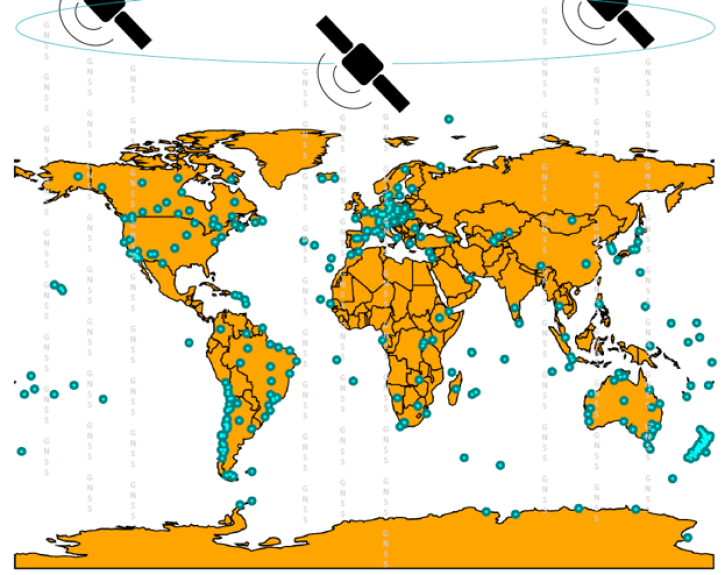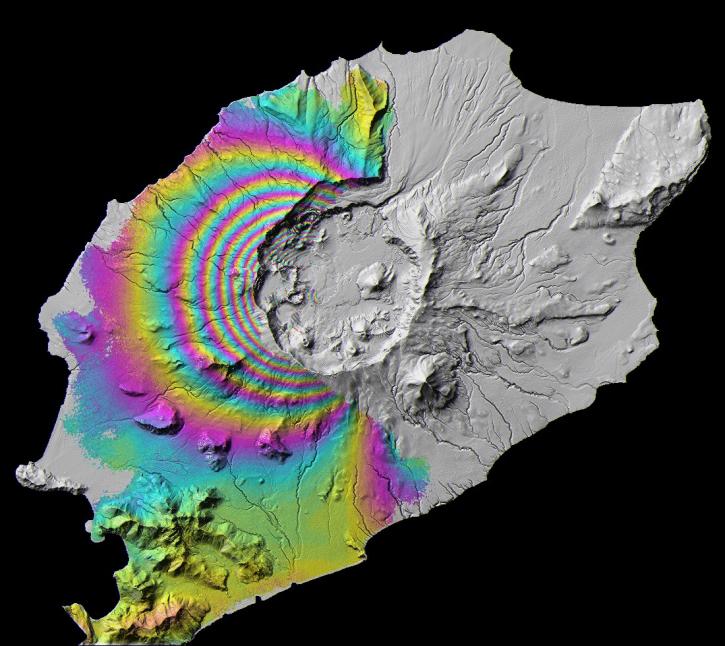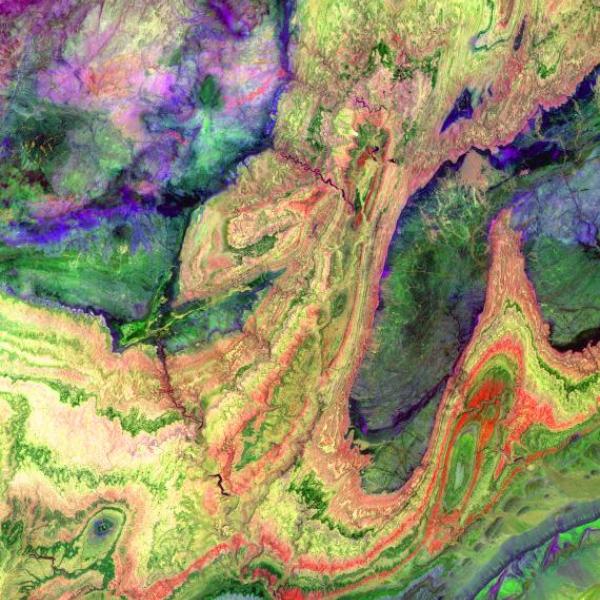Access a range of datasets and data tools to further your tectonic landform research.
Over thousands of years, tectonic activity in Earth’s crust shifts and alters landforms. Geological features that result from tectonic activity can include mountain ranges, volcanoes, plateaus, and rift valleys. While tectonic landforms often take thousands or millions of years to form, studying them tells us important things about how tectonic activity affects us today.
NASA’s Earth-observing satellites collect data that help measure land height and crustal deformation, as well as the more short-term effects of tectonic activity such as earthquakes, volcanic eruptions, and tsunamis. These datasets enable scientists to study how Earth’s landmasses and geological features formed, and how they will continue to change in the future.
Learn How to Use Tectonic Landforms Data




Join Our Community of NASA Data Users
While NASA data are openly available without restriction, an Earthdata Login is required to download data and to use some tools with full functionality.
Learn About the Benefits of Earthdata LoginFrequently Asked Questions
Earthdata Forum
Our online forum provides a space for users to browse thousands of FAQs about research needs, data, and data applications. You can also submit new questions for our experts to answer.
Submit Questions to Earthdata Forumand View Expert Responses